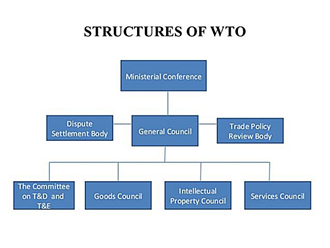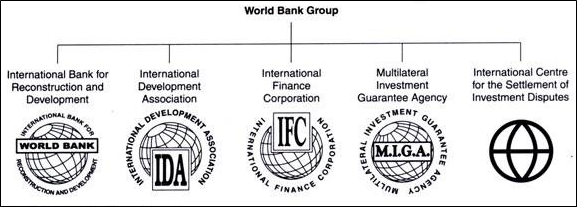Agricultural subsidies are financial assistance or support measures provided by the government to the agricultural sector, particularly to farmers and agricultural producers. These subsidies aim to alleviate the financial burdens on farmers, enhance agricultural productivity, stabilize farm incomes, and promote food security.
Purposes of Agricultural subsidies
Income support: Farm subsidies are often used to provide income support to farmers in general and marginal farmers in special.
Example – 86% of India farmers are small and marginal farmers. Income support scheme like Pradhan Mantri Kisan Samman Nidhi – PM KISAN directly provides much needed cash money to these farmers.
Ensure food security: Farm subsidies are important in order to achieve food security in the country. Higher food grains production by the farmers ensures food availability for all. Government through Public Distribution System (PDS) provides these foodgrains to poor people at affordable cost.
Access essential inputs: Subsidies in providing essential input materials like fertilizers, seeds, water through irrigation, power supply are important for farmers.
Example – Urea, seeds, Fertilizers being provided through subsidies to the farmers.
Enhanced Productivity: Investments in research and development, extension services, and technology adoption are supported through subsidies. These measures aim to enhance agricultural productivity and efficiency, ultimately leading to higher yields and income for farmers.
Price Stabilization: Subsidies can be used to stabilize agricultural commodity prices. Minimum support prices (MSPs) are often announced by the government to ensure that farmers receive a fair and remunerative price for their produce, reducing the impact of price volatility.
Types of farm subsidies
1. Direct Subsidies: These are those that involve an actual cash payment to farmers to support their income and production costs
2. Indirect Subsidies: Those subsidies which benefit farmers indirectly through reduced input costs, better supply chain and assured prices for their produce
Direct agricultural subsidies in India
-
- Direct payment Schemes: Example – PM Kisan Samman Nidhi (PM-KISAN): A direct income support scheme that provides ₹6,000 per year to eligible farmers in three instalments.
- Farm loan waiver schemes: These are extended by various Governments on State and Central level which are supports given in time agricultural distress.
Indirect agricultural subsidies in India
-
- Fertilizer Subsidy: The government subsidizes the cost of fertilizers, making them more affordable for farmers. Example – Union Government announced Rs 1.75 trillion for fertilizer subsidy in the 2023-24 Budget.
- Irrigation Subsidy: To expand irrigation coverage and promote water use efficiency, subsidies are given for the development of irrigation infrastructure and to facilitate access to water resources. For example – Central government under Pradhan Mantri Krishi Sinchayee Yojana (PMKSYP) provides a subsidy of 55% of the indicative unit cost to small and marginal farmers and of 45% to other farmer for encouraging them to install Drip and Sprinkler system.
- Electricity Subsidy: Many states provide subsidized electricity for agricultural purposes, reducing the cost of irrigation and making it more affordable for farmers. Various State Government charge as low as Rs. 1.5 per unit from farmers, some even extend electricity to farm sector at free of cost.
- Price Subsidy: The government announces Minimum Support Prices (MSPs) for various crops, guaranteeing a minimum price to farmers. Indian Government provides MSP for 22 crops today.
- Credit Subsidy: Low-interest or concessional credit is provided to farmers through various agricultural lending institutions, making credit more accessible for agricultural activities. NABARD play a major role in ensuring formal sources of credit to farm sector at affordable rates.
- Research and Development Subsidy: Investments in agricultural research and development are supported through government funding to enhance productivity and sustainability.
Advantages of subsidies
-
- It improves overall agricultural infrastructure and productivity by making farming a viable business for farmers.
- It benefits a large number of stakeholders including the end consumers as it ensures prices of agricultural commodities are affordable.
- It helps in providing immediate relief to farmers who are in distress.
Critical views on farm subsidies
-
- Increasing strain on government finances. For example, in 2023-24 the total expenditure on fertiliser subsidy was over Rs 2 lakh crore.
- It creates an issue of moral hazard where inefficiencies are seen to be promoted whose costs are borne by tax-paying public.
- It creates a negative image on credit discipline especially in case of direct loan waiver.
- It has been found that subsidies disproportionately benefit large farmers more than small and marginal ones.



